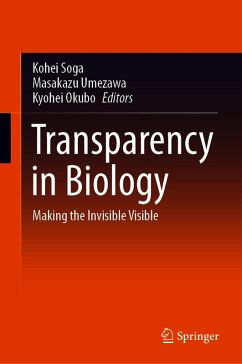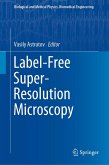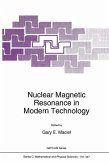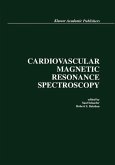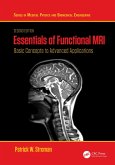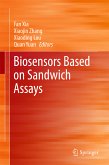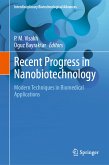This book explains transparency in biology with emphasis on bending and absorption, which together are the essence of transparency. The reader is provided with an understanding of why the interior of the body can be made to appear transparent through the application of elementary physics. Based on the principle of transparency, emerging imaging techniques using near-infrared light to view the body transparently are explained with examples such as cancer detection and temperature imaging of deep tissues. This book is useful to many researchers, including biologists, physicists, chemists, materials scientists, and device engineers as well as developers-all who seek a deep understanding of transparency in bioimaging.
Dieser Download kann aus rechtlichen Gründen nur mit Rechnungsadresse in A, B, BG, CY, CZ, D, DK, EW, E, FIN, F, GR, HR, H, IRL, I, LT, L, LR, M, NL, PL, P, R, S, SLO, SK ausgeliefert werden.

